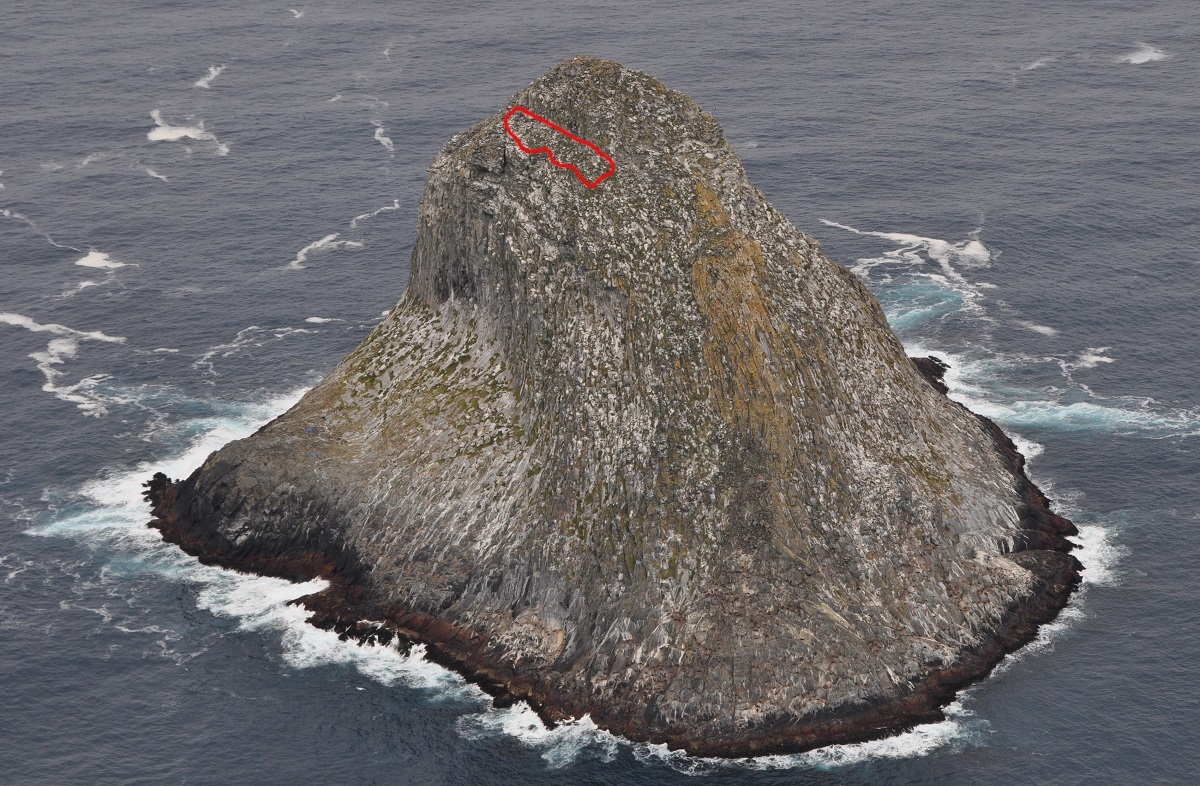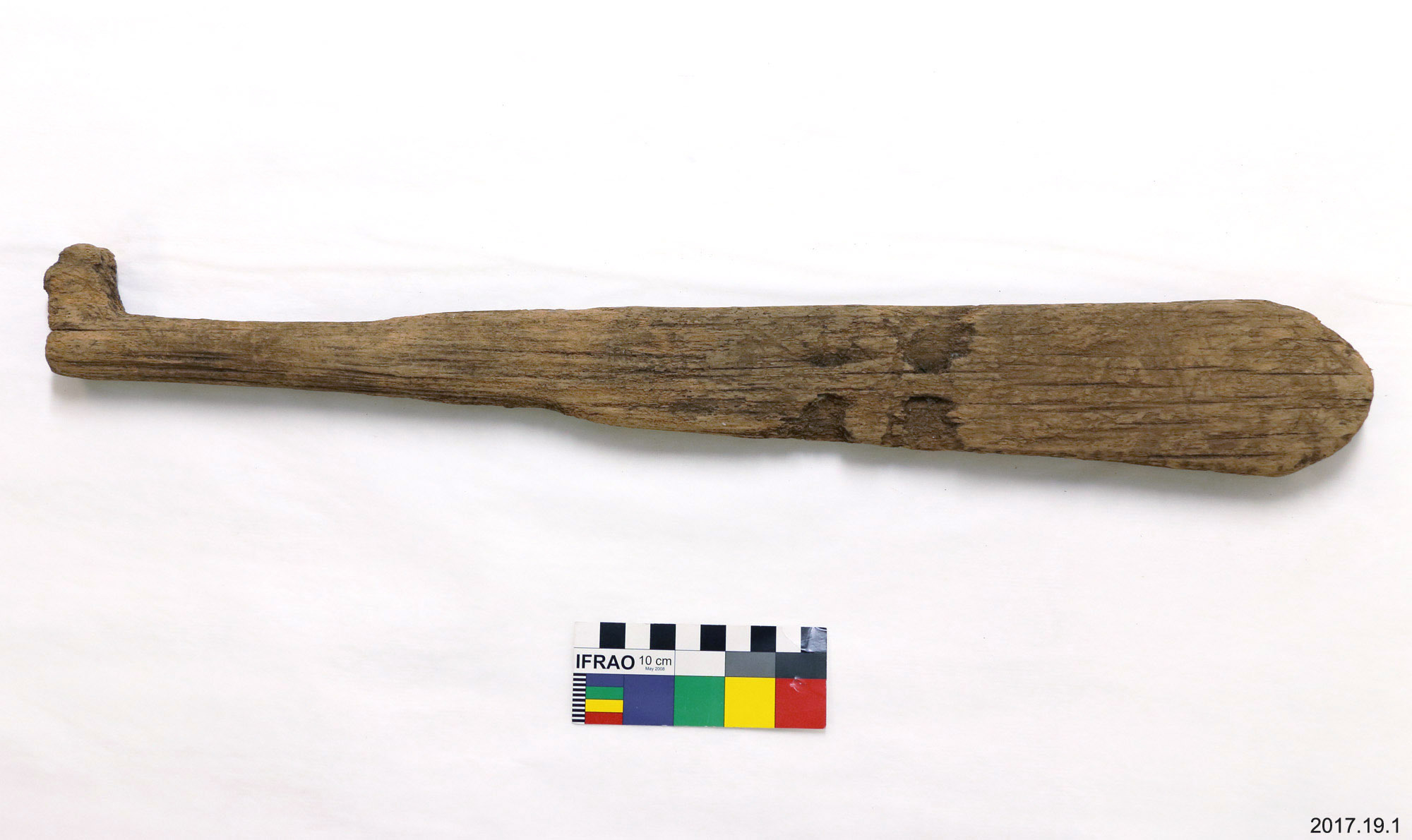Muttonbirds belong to the group of seabirds known as petrels and albatrosses. The name muttonbird is well known in New Zealand and generally refers to the tītī or Sooty Shearwater (Puffinus griseus) that are harvested from the Tītī Islands around Stewart Island.

In the North Island muttonbird usually refers to Ōi or Grey-faced Petrel (Pterodroma macroptera gouldi), which are harvested from Ruamāhua (the Aldermen Islands) off the Coromandel Peninsula.
Muttonbirding is the seasonal harvesting of these petrels at the chick or fledgling stage. They are collected from burrows during the day or above ground at night when they emerge to exercise their wings.
At Rēkohu/Wharekauri (the Chatham Islands) one form of muttonbirding is the harvest of toroa albatross chicks or fledglings. Species historically gathered include Northern Royal Albatross (Diomedea sanfordi), Northern Buller’s Albatross (Thalassarche bulleri platei) and Chatham Island Albatross (Thalassarche eremita), all of which nest on isolated islands around Rēkohu.
There are few written accounts of this form of albatross harvesting at Rēkohu. However, what is generally accepted is that traditionally albatross chicks were collected seasonally from these isolated islands by Moriori for food. Rafts made of flax flower stalks, bound reeds and inflated kelp, with wooden paddles, were used to travel to the albatross islands (there are no trees large enough to build canoes on Rēkohu), which are between 15 and 50 km from the main islands.
These were dangerous voyages with the potential for disaster, particularly if caught in a storm. Once at the islands the tall cliffs had to be scaled to reach the albatross nests before chicks of the appropriate age were selected for harvesting. A swift hit to the back of the head with a toroa patu or albatross club was used to immobilise the chicks. The return journey back to the main islands with the harvested chicks was just as dangerous.

The toroa patu pictured below was collected from Mollymawk Ledge on Tarakoikoia (The Pyramid) in 1974, the only breeding site for Chatham Island Albatross. Tarakoikoia is the most southern island of the Chathams group. It's located about 15 km south from Rangiaotea (Pitt Island). The toroa patu is carved from tarahinau (Dracophyllum arboretum) and features a bird beak on the butt of the handle and residual carving on the shaft. This toroa patu has yet to be dated, but is likely pre 1900s. It is one of three toroa patu collected from Tarakoikoia in the Museum’s collection.






